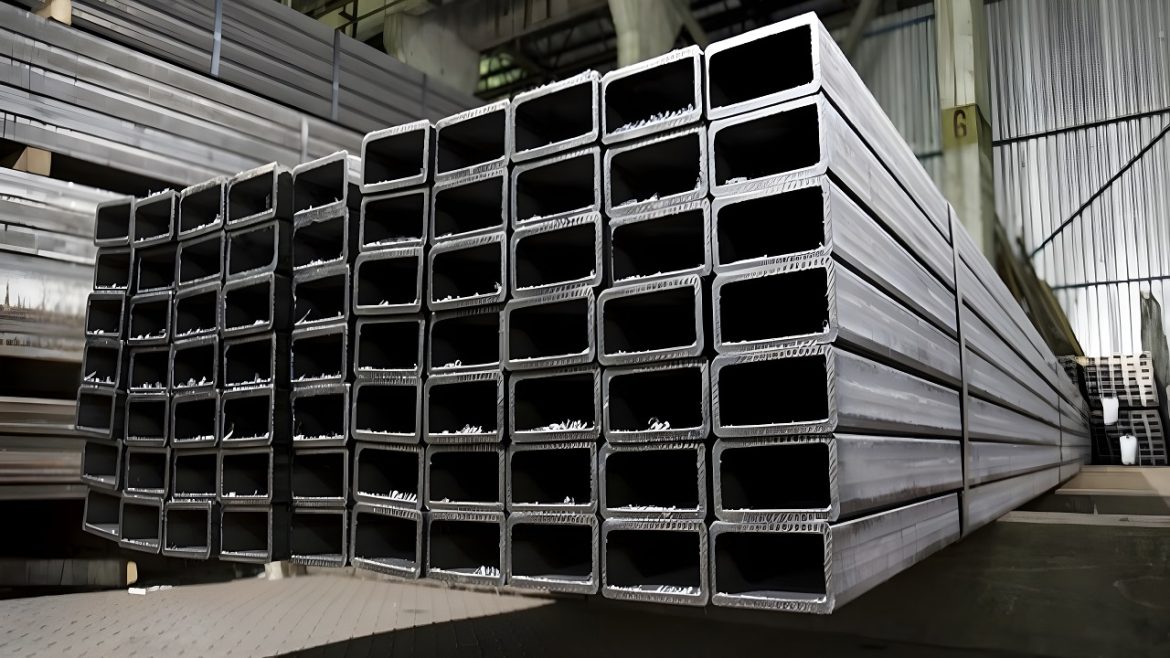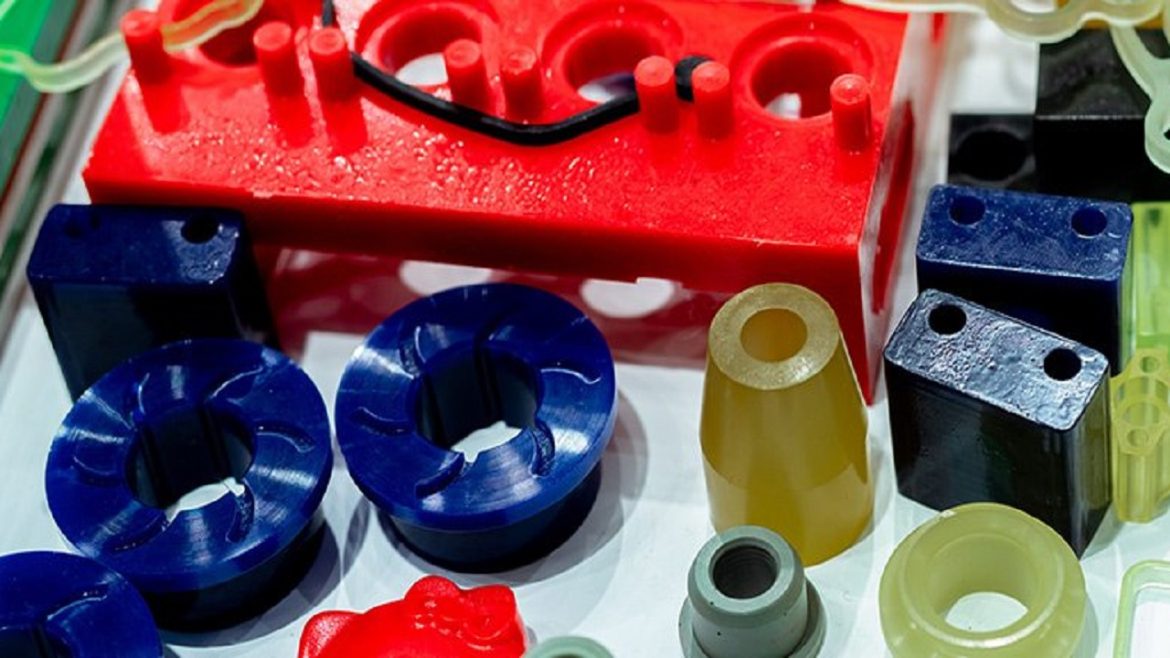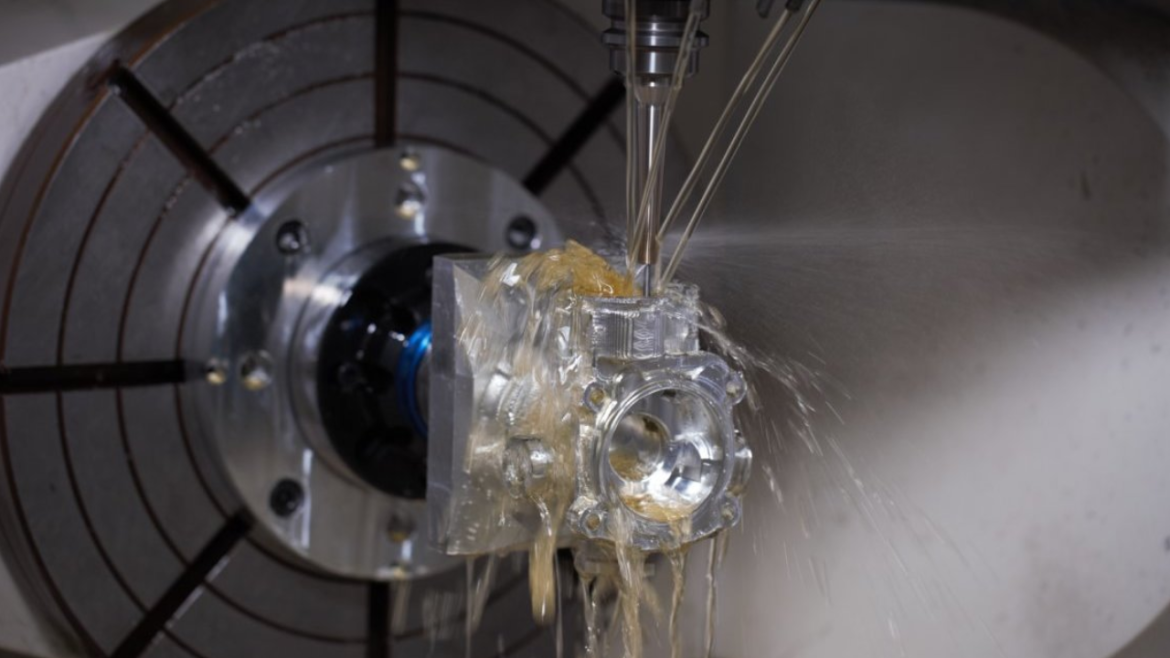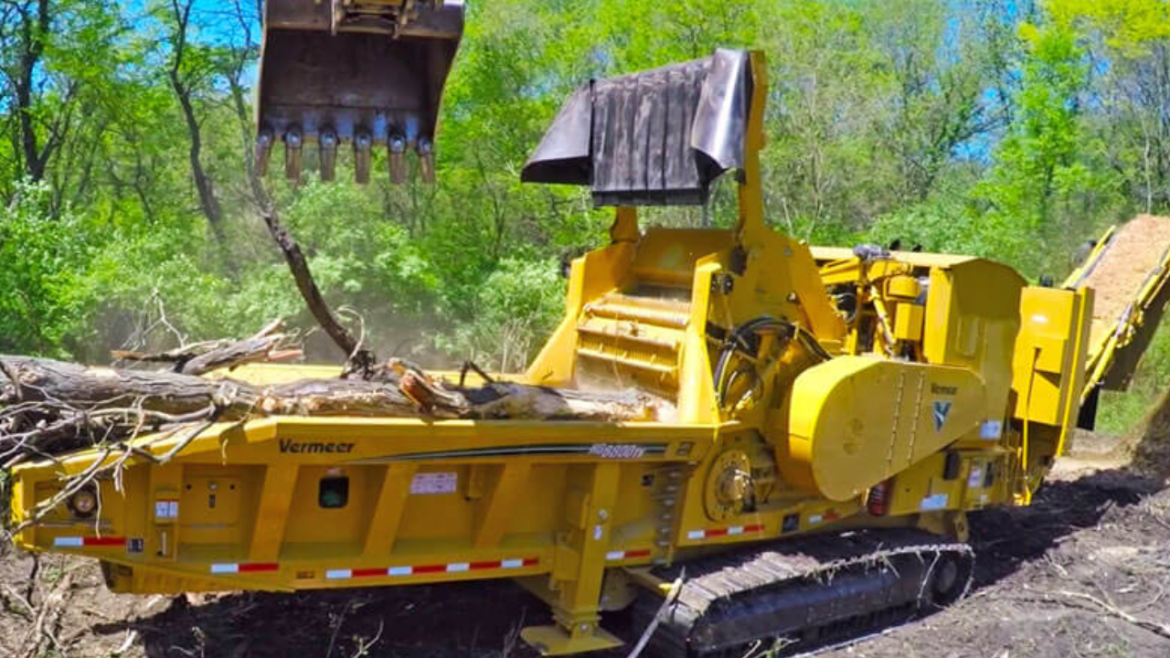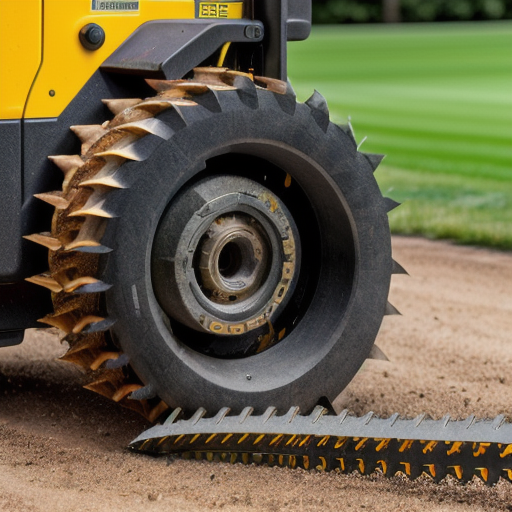Steel pipe fabrication and assembly rely heavily on welding to ensure the pipes’ structural and functional integrity. If you want to keep the EN10219 S355J0H pipes’ mechanical properties and reliability, you need to weld them according to the specifications. In this article, we’ll examine the fundamental rules that must be observed for reliable welding results.
Insight into EN 10219 S355J0H Pipes
Cold-formed welded structural hollow sections of non-alloy and fine-grain structural steels are governed by European Standard EN 10219 S355J0H, which details the technical delivery conditions for such products. Because of their high strength, durability, and adaptability, these pipes are used in a wide variety of fields.
Choosing the Right Welding Technique
The application, thickness of material, and ease of access are all considerations when deciding which welding technique to use. Arc welding (MIG/MAG, TIG), shielded metal arc welding (SMAW), and submerged arc welding (SAW) are all common welding techniques. There are benefits and drawbacks to each approach, and the decision should be made with the needs of the individual project in mind.
Get Ready to Weld
It is essential to properly prepare the pipes for welding. Weld quality can be compromised if rust, paint, and other contaminants are present on the pipe ends. Beveling the pipe edges ensures proper penetration and fusion, further enhancing the weld quality.
Welding Specifications
Strong, long-lasting welds can only be achieved by sticking to the specified welding parameters. The thickness of the pipe and the method of welding will dictate the appropriate settings for welding parameters such as welding current, voltage, travel speed, and electrode diameter. Learn more by looking at the WPS, or welding procedure specifications.
Joint Design
There is a close relationship between the joint design for EN 10219 S355J0H pipes and the quality of the weld that is produced. The butt joint, the lap joint, and the T-joint are all examples of common types of joints. The design of the joint needs to allow for easy welding and guarantee complete fusion.
Avoiding Warping
The dimensions of the pipes may be off because of the distortion caused by welding. It is recommended that tack welds be used to temporarily secure the pipes in place prior to completing the final welds in order to reduce the likelihood of distortion. In addition, proper clamping and fixturing techniques can aid in preserving the intended form.
Care After Welding
Repairing any imperfections that may have cropped up during welding is a must afterward. Any flaws in the welds can be discovered through visual inspection and non-destructive testing (NDT) techniques like ultrasonic testing or radiography. Before putting the pipes into use, it is important to inspect them for any problems and fix them if necessary.
Heat Input Regulator
The formation of undesirable microstructures and the occurrence of cold cracking can be avoided, as long as the welding heat input is kept under control. The mechanical properties of a material can be compromised by excessive heat-affected zones caused by a high heat input. When welding, be sure to stay within the prescribed heat input ranges for the welding process and material thickness.
Post-Weld Heat Treatment (PWHT)
Reducing residual stresses and enhancing the material’s properties may necessitate post-weld heat treatment. Hydrogen-induced cracking is another problem that PWHT can help solve. Check applicable welding codes and standards to see if PWHT is needed.
Conclusion
Ensuring the structural integrity, durability, and performance of EN 10219 S355J0H pipes requires proper welding. Welders and fabricators can help ensure the safe and effective deployment of these hollow section tubes by adhering to these standards and practices. The best welding results can be achieved by consulting appropriate welding standards, procedures, and experts.
